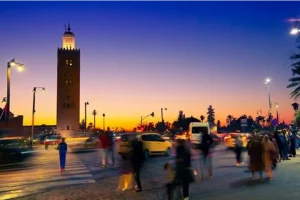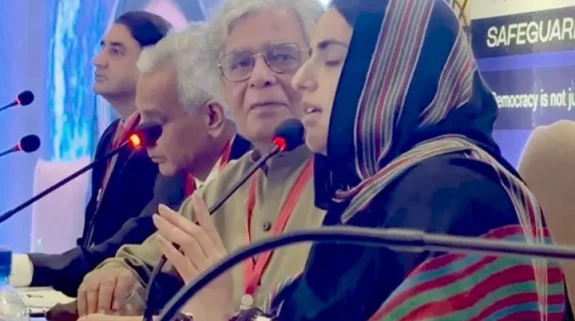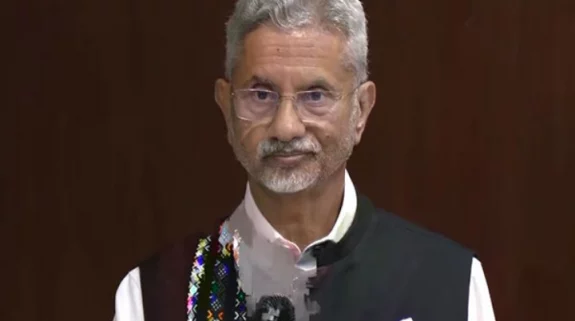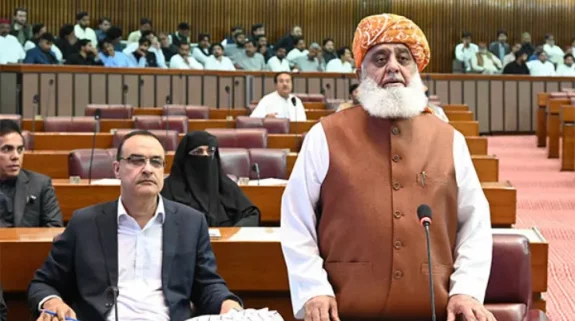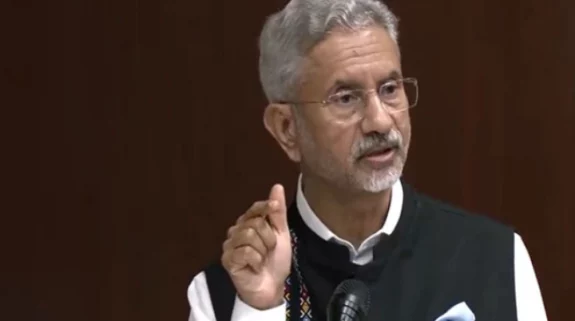Consecutive droughts and the Covid 19 pandemic have intensified food shortage in East African countries– home to lakhs of people of Indian origin. About 100,000 people of Indian descent live in Kenya. In Tanzania, the number is about 90,000 while in Uganda it is 15,000, according to estimates made by the World Economic Forum.
Even before the outbreak of the pandemic, in 2019, an estimated 21.5 million people were in need of humanitarian assistance across South Sudan, Somalia, Kenya and Ethiopia, the non governmental organization Actionaid said. But the ongoing drought and the pandemic have made things worse for the people living in the region.
The shortage of food and damaged crops due to the dry climatic conditions have also led to steep increases in prices. Though in December, Kenya received rains, it was inadequate to support crops for the entire population.
Also read: India emerges as world’s largest rice exporter with 87% jump in shipments for 2020-21
“The condition of the common people here and other countries is grim, especially after the Covid pandemic which has raised medical costs. Along with this, people of this region have been hit by concerns of food shortage,” an Indian expatriate on condition of anonymity told India Narrative.
ReliefWeb, humanitarian information portal, said that rainfall in October and November last year was less than 60 per cent of the 40-year average across much of northern and eastern Kenya, with some areas registering a significant delay to the start of season or no onset of rainfall at all. Increased rainfall in December has improved conditions, but deficits remain severe at 30 to 75 percent of average leading to concerns related to food security.
“India has been sending food assistance to several countries including Madagascar, this region is vulnerable in terms climatic conditions. That apart, in May 2020, locust invasion also hit Kenya and other countries which in turn impacted food production,” Sankalp Gurjar, strategic analyst and expert on Africa pointed out.
The shortage has also led to an increase in prices of food items.
In December, food inflation in Kenya was at 9.09 per cent. Though this was a tad lower than the double digit mark of more than 10 per cent during the middle of last year, “the figure is high enough for the people who are now being forced to eat and spend less,” an analyst added.
Also read: About 27% of African health workers fully vaccinated against Covid: WHO
Meanwhile, NASA’s Earth Observatory revealed that following three consecutive failed rainy seasons, more than 20 million people in eastern Africa now face some of the worst food security risks in 35 years. “Climate and agriculture experts are advising governments and relief agencies to expect a significant need for food assistance in Somalia, Kenya, and Ethiopia,” it said in its report, adding that climate change and ongoing La Niña conditions in the Pacific Ocean, half a world away, have contributed to the persistent dry weather and might bring more of it during the next rainy season.











